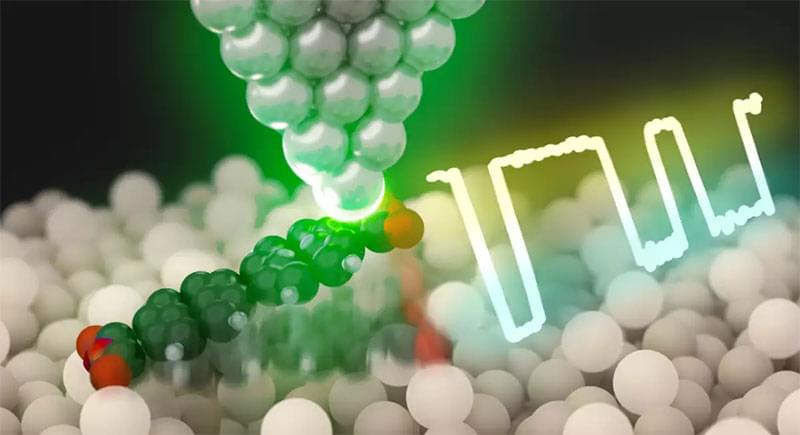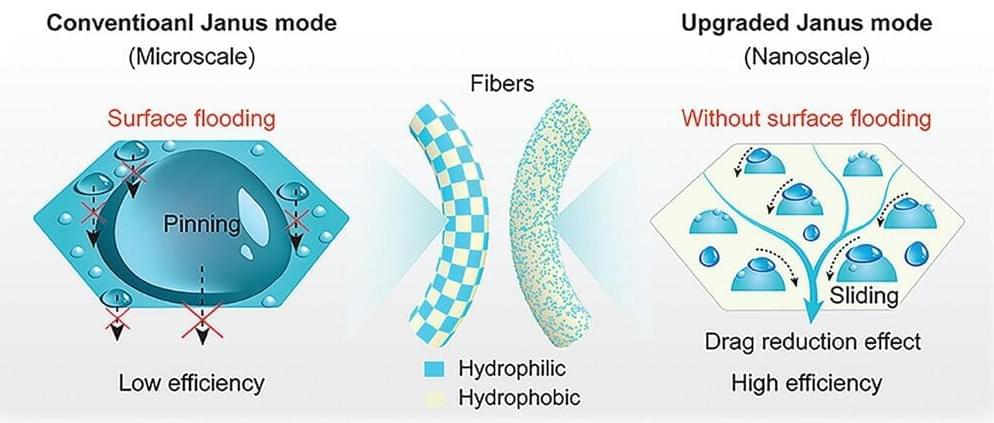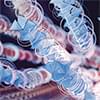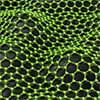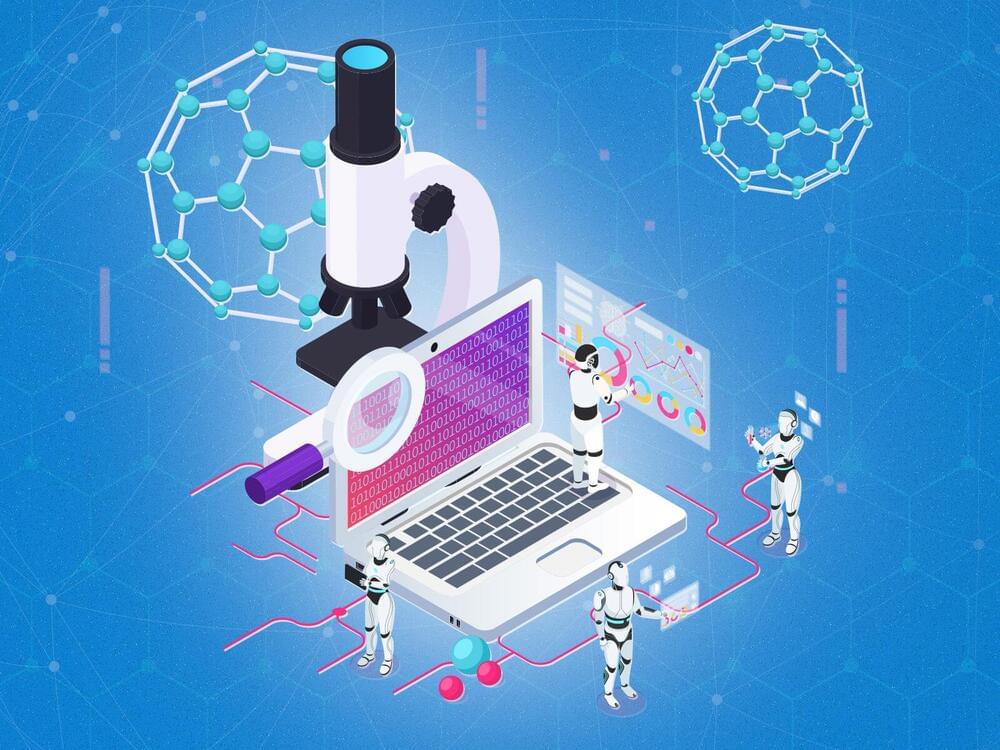Scientists from the Department of Physical Chemistry at the Fritz Haber Institute have made an innovative discovery in nanoscale optoelectronics, as detailed in their recent publication in Nature Communications (“Atomic-Precision Control of Plasmon-Induced Single-Molecule Switching in a Metal–Semiconductor Nanojunction”).
The study introduced a groundbreaking method for achieving unprecedented control over single-molecule photoswitching. This breakthrough could transform the future of nanodevice technology.
Schematic view of the plasmon-driven switching of a single PTCDA molecule. (Image: Fritz Haber Institute)
